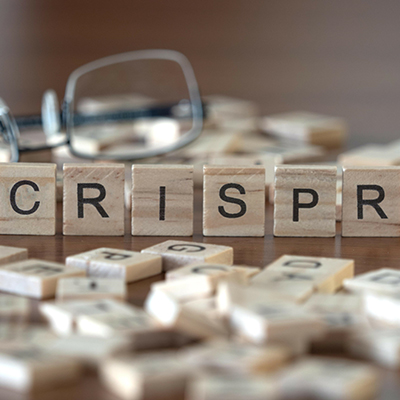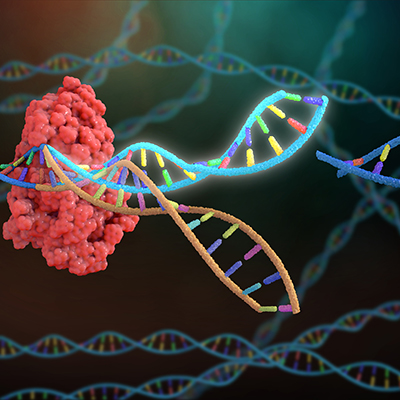October 21, 2022 -- Using CRISPR interference screening, scientists at the nonprofit research center the Whitehead Institute have uncovered the gene that serves as a doorway to the mitochondrial membrane, providing a molecular basis for understanding its role in cancer and Alzheimer's disease.
Earlier work revealed that the removal of the protein expressed by the gene mitochondrial carrier homolog 2 (MTCH2) affects a range of processes in the cell, including pathways involved in diseases such as cancer and Alzheimer's. However, the mechanisms through which MTCH2 exerted its effects on the cell were unknown.
Whitehead researchers hit upon a solution to the mystery when they tried to show how proteins from the cytoplasm are inserted into the outer membranes of mitochondria. Proteins on the outer mitochondrial membrane allow the organelle to communicate with the rest of the cell and play a role in immune function and apoptosis. As with MTCH2, the mechanism used to insert proteins into the membrane was unknown.
Writing in an October 20 article in the journal Science, the Whitehead scientists describe how CRISPR interference screening cleared up both of the mysteries. The CRISPR screen enabled the team to systematically remove genes and analyze what happened. After removing MTCH2, the researchers saw a decrease in protein in the mitochondrial membrane, leading them to speculate that the gene acts as a doorway to the organelle.
In confirmatory experiments, the researchers saw that MTCH2 was needed for tail-anchored membrane proteins to move from the cytoplasm into the mitochondrial membrane. Then, the scientists predicted the structure of the protein using AlphaFold, the artificial intelligence (AI) system that DeepMind, a sibling company of Google, created with EMBL-EBI. The AI found that the protein is hydrophobic, enabling insertion into the oily membrane, but has a single hydrophilic groove that could allow other proteins to enter.
Mutating the gene, and thereby altering the structure of the protein, resulted in forms that were more and less active. The research points to novel ways to treat disease, as Alina Guna, a Whitehead Lab postdoctoral researcher and first author of the study, explained in a statement.
"We can make leukemia cells more sensitive to a cancer treatment by giving them a mutation that changes the activity of MTCH2," Guna said. "The mutation makes MTCH2 act more 'greedy' and insert more things into the membrane, and some of those things that have inserts are like pro apoptotic factors, so then those cells are more likely to die which is fantastic in the context of a cancer treatment."
Copyright © 2022 scienceboard.net











